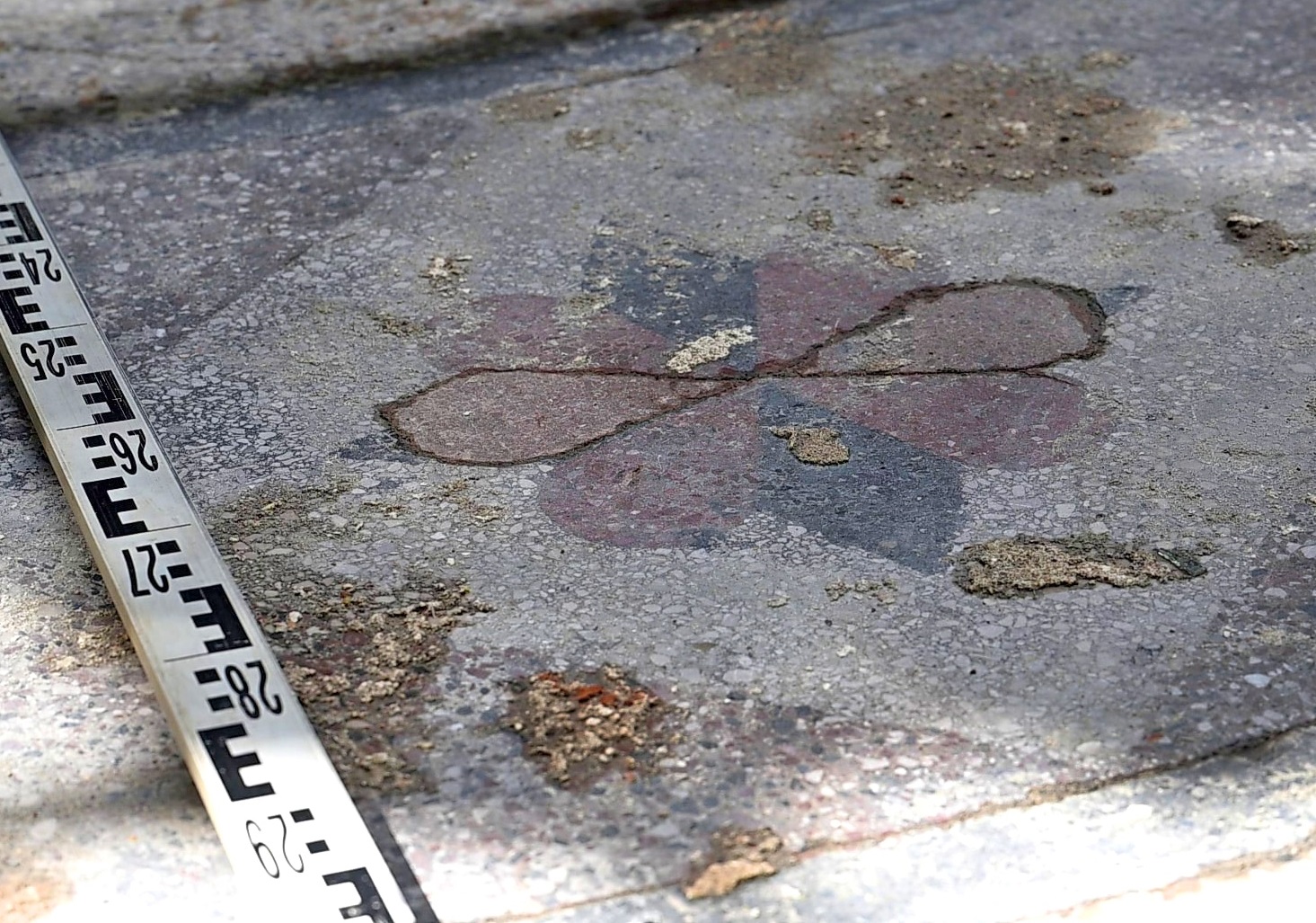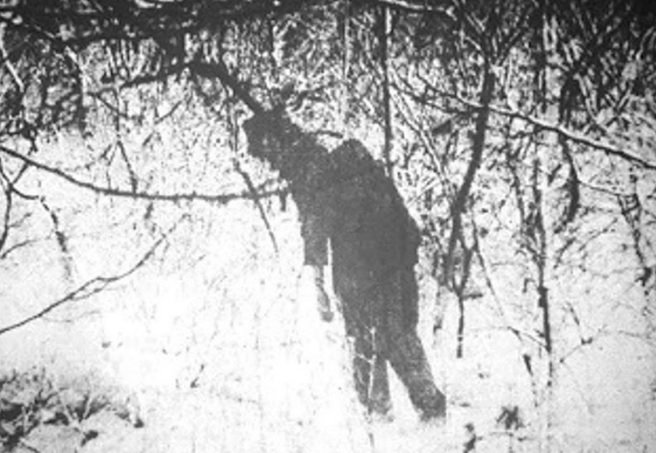Archaeology
Necklace found in Neolithic grave reveals complex ancient culture
According to a study published in the open-access journal PLOS ONE, an ornate necklace discovered in a child’s grave at the ancient village of Ba’ja offers fresh insights into the social complexity of Neolithic culture.
Ba’ja is one of the largest neolithic villages in the Jordan area, covering an area of 3.7 acres with a population of up to 600 inhabitants. Like the nearby site of Basta, the settlement was built in 7000 BC during the PPNB (Pre-Pottery Neolithic B) period. People of this era relied more extensively on domesticated animals to complement their previously mixed agrarian and hunter-gatherer diet.
Body adornments hold significant symbolic meaning, conveying cultural values and individual identities, making them immensely valuable in the examination of ancient societies.
In the study, archaeologists analysed materials that adorned the body of an eight-year-old child found in a burial at Ba’ja that contained over 2,500 colourful stones and shells, two exceptional amber beads, a large stone pendant, and a delicately engraved mother-of-pearl ring.
Through an analysis of the composition, craftsmanship, and spatial arrangement of these artifacts, the researchers deduced that they once constituted a unified multi-row necklace that has disintegrated over time. As a part of this investigation, the scholars crafted a physical reconstruction of the original necklace, currently exhibited at the Petra Museum in Southern Jordan.
The multi-row necklace, being one of the oldest and most remarkable Neolithic ornaments, offers fresh perspectives on the funerary customs of individuals who seemingly held elevated social status during the Neolithic period.
By reconstructing the necklace, the researchers suggest that the inhabitants of Ba’ja had meticulous craftsmanship and were able to procure exotic materials from distant regions. The investigation of this artefact also reveals intricate social dynamics among the community members involving skilled artisans, traders, and high-status individuals responsible for commissioning such prestigious pieces.
According to the researchers: “The analysis of the child’s necklace has yielded valuable information that enhances our understanding of the ritual practices and symbolic behaviour of the community of Ba`ja while shedding light on the artisanal and economic capabilities employed to serve these expressions. Despite its elaborate design, such a necklace was not created for exchange or trade purposes but was rather a part of the child’s burial, serving as a significant testament to the cultural practices of the time.”
https://doi.org/10.1371/journal.pone.0288075
Header Image Credit : Alarashi et al – PLOS ONE, CC-BY 4.0
Archaeology
Egypt’s first pyramid was constructed using hydraulic lift
A recent study, published in the journal ResearchGate, proposes that the Pyramid of Djoser could have been constructed using hydraulic lift.
The Pyramid of Djoser, also known as the Step Pyramid, is a proto-pyramid built as the final resting place of Djoser, the first or second pharaoh of Egypt’s 3rd Dynasty (2670–2650 BC) during the Old Kingdom period.
The pyramid rises from the Saqqara plateau in six steps to a height of around 60 to 62 metres, serving as the centre of a vast mortuary complex.
Due to the absence of authentic sources from the pyramid architects’ working sphere, there is currently no confirmed comprehensive model for the method used in the pyramid construction.
The prevailing theory suggests that the heavy stone blocks were transported on apparatuses such as rollers, and raised to height using a series of ramps.
In the study, a survey of watersheds near to the pyramid indicate that the Gisr el-Mudir (enclosure) has features of a check dam for trapping sediment and water. Furthermore, the topography beyond the “dam” shows a possible ephemeral lake west of the Djoser complex, and water flow inside the moat surrounding it.
The study authors explain: “In the southern section of the moat, we show that the monumental linear rock-cut structure consisting of successive, deep compartments, combines the technical requirements of a water treatment facility: a settling basin, a retention basin, and a purification system.”
Based on this finding, the study proposes that the Gisr el-Mudir and moat’s inner south section worked as a unified hydraulic system for regulating flow and improving water quality. In addition, the pyramid’s internal architecture is consistent with a hydraulic elevation mechanism never reported before.
“The ancient architects likely raised the stones from the pyramid centre in a volcano fashion using the sediment-free water from the Dry Moat’s south section. Ancient Egyptians are famous for their pioneering and mastery of hydraulics through canals for irrigation purposes and barges to transport huge stones. This work opens a new line of research: the use of hydraulic force to erect the massive structures built by Pharaohs,” said the study authors.
Please note: This study was submitted to PLOS ONE on December 7, 2023. After two rounds of review by peers, the paper was formally accepted by PLOS ONE on June 27, 2024. Since July 23, 2024, it has been the subject of new consultations and review by the PLOS ONE Editorial Board.
Header Image Credit : Shutterstock
Sources : ResearchGate | Piton, Guillaume. (2024). On the possible use of hydraulic force to assist with building the Step Pyramid of Saqqara. PLOS ONE.
This content was originally published on www.heritagedaily.com – © 2023 – HeritageDaily
Archaeology
Lost splendour of the Great Synagogue of Vilna rediscovered

Constructed between 1630 and 1633 in a Renaissance-Baroque style, the Great Synagogue of Vilnius served as the religious centre of a complex of synagogues, mikvahs, and community institutions devoted to Torah study in Vilnius, Lithuania.
According to a press statement by the Israel Antiquities Authority (IAA): “The Great Synagogue of Vilna was the beating heart of the Lithuanian Jewry, which included 12 synagogues and study houses, the community council building, the home of Rabbi Eliyahu – the Vilna Gaon, Kosher meat stalls, the famous ‘Strashun’ library, a bathhouse and more.”
During World War II, the synagogue was looted, burned, and partially destroyed by the Nazis in the holocaust. Soviet authorities completely demolished the remaining structure to build a school, intending to prevent any future restoration of Jewish worship.
Only three original pieces of the synagogue survived the destruction: a door of the Holy Ark, a reader’s desk, and a bas-relief with the Ten Commandments, which are now on display at the Vilna Gaon Jewish Museum.
Image Credit : Israel Antiquities Authority
In a recent study conducted by the IAA, the Association of Lithuanian Archaeology, the Good Will Foundation, and the Jewish Community of Lithuania, archaeologists have rediscovered traces of the synagogue’s decorated walls and remnants of flooring with red, black, and white floral patterns that paved the main hall.
Excavations also uncovered huge water reservoirs to feed halachically pure water to the mikva’ot, and one of the giant pillars that surrounded the Bimah (prayer platform).
Dr. Jon Seligman from the IAA and Justinas Rakas from the Lithuanian Archaeological Society, said: “The magnificent remains we are rediscovering bring back moments in the life of a lost vibrant community.”
Header Image Credit : Israel Antiquities Authority
Sources : IAA
This content was originally published on www.heritagedaily.com – © 2023 – HeritageDaily
-

 Ghosts2 years ago
Ghosts2 years agoZozo: The Ouija Board Demon
-

 Space2 years ago
Space2 years agoScientists claim to have found the answer what existed before the Universe
-

 Ghosts2 years ago
Ghosts2 years agoOld Coot of Mount Greylock
-
Archaeology1 year ago
New discoveries at Ekʼ Balam during conservation works
-

 General3 years ago
General3 years agoUC San Francisco engaging in horrifying experiments, organ harvesting of live babies in the name of “science”
